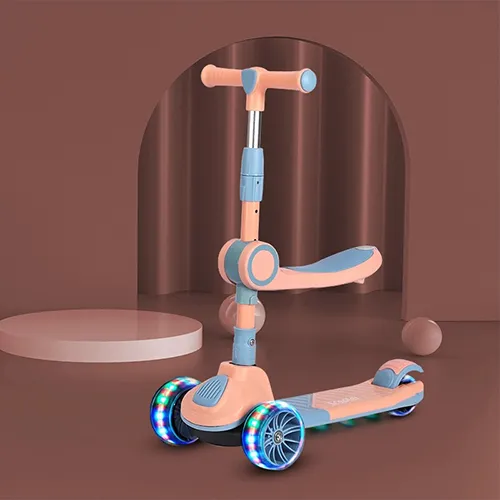Understanding CE Certification for Infant Prams and Strollers Safety Standards
Understanding CE Certification for Infant Prams and Strollers
When it comes to the safety and well-being of infants, parents are understandably cautious about the products they choose. One of the crucial aspects that can influence a parent's decision is whether a stroller or infant pram has CE certification. This article delves into the significance of CE certification, the testing procedures involved, and how it ensures the safety of strollers and prams for infants.
What is CE Certification?
CE marking signifies that a product meets the European Union's safety, health, and environmental protection standards. Derived from the French phrase Conformité Européenne, which means European Conformity, the CE marking indicates that the manufacturer has ensured the product complies with relevant EU directives. For infant prams and strollers, CE certification is critical as it ensures that the product is safe for use by young children.
Why is CE Certification Important for Strollers and Prams?
1. Safety Guarantees Strollers and prams can potentially pose various risks to infants, from collapsibility hazards to issues with braking systems. CE certification ensures that these products have been rigorously tested and deemed safe for infants. This certification requires compliance with safety standards such as EN 1888, which specifically addresses the safety requirements for wheeled child conveyances.
2. Quality Assurance A product bearing the CE mark gives parents confidence in its quality. Manufacturers that adhere to CE certification protocols must maintain high standards in the materials used, construction practices, and overall product durability. This assurance is particularly vital for parents looking to invest in gear that will keep their children secure.
3. Liability and Regulation Compliance CE marking helps regulate the stroller and pram market. By adhering to the certification requirements, manufacturers are held accountable for their products. In case of any incidents resulting from negligence, having CE certification can affect liability claims and disputes, promoting better industry practices.
The CE Certification Process
Obtaining CE certification for strollers and infant prams involves a meticulous testing process
. Here's a simplified breakdown of how it worksce certification infant pram strollers

1. Identification of Applicable Directives Manufacturers must first identify which EU directives apply to their product. For infant prams and strollers, EN 1888 is primarily relevant, addressing safety issues such as stability, braking systems, and the construction of safety features.
2. Risk Assessment Manufacturers conduct a comprehensive risk assessment to identify potential hazards linked with the product's design and use. This is a fundamental step to ensure that all possible safety issues are addressed.
3. Testing and Documentation After identifying the risks, manufacturers conduct tests to check compliance with the relevant standards. The documentation of these tests, including results and modifications made to the design, is essential for the CE marking process.
4. Declaration of Conformity Once testing is completed and compliance is verified, manufacturers prepare a Declaration of Conformity. This document states that the product meets all necessary requirements and can be legally sold in the EU market.
5. CE Marking Affixation Finally, after the successful completion of testing and documentation, the CE mark can be placed on the product. This marking must be visible, legible, and indelible.
Choosing CE-Certified Products
When selecting a stroller or pram for an infant, parents should always look for the CE mark. While it may be tempting to choose less expensive or non-certified options, the peace of mind that comes with investing in a CE-certified product is invaluable. Parents can ensure that their chosen item has gone through rigorous testing and meets the safety standards necessary for their child's use.
Conclusion
In summary, CE certification is a crucial aspect of ensuring the safety and quality of infant prams and strollers. It brings together a promise of safety, quality assurance, and regulatory compliance, providing parents with the confidence they need when navigating the myriad of baby products on the market. By opting for CE-certified strollers and prams, parents are not just making a purchase; they are investing in their child's safety and well-being. As the industry advances, ongoing efforts to maintain and improve safety standards will continue to protect our most vulnerable passengers—our children.
-
Kids battery power car baby four-wheel off-road vehicle children electric toy carNewsMar.07,2025
-
New Hot Design Factory Wholesale Light Weight Small Folding Size Baby StrollerNewsMar.07,2025
-
2022 newest factory boys and girls powerful battery operated 4-wheel ride on electric carNewsMar.07,2025
-
2022 newest factory boys and girls powerful battery operated 4-wheel ride on electric carNewsMar.07,2025
-
Kids battery power car baby four-wheel off-road vehicle children electric toy carNewsMar.07,2025
-
toddler electric atvs manufacturerNewsMar.07,2025
